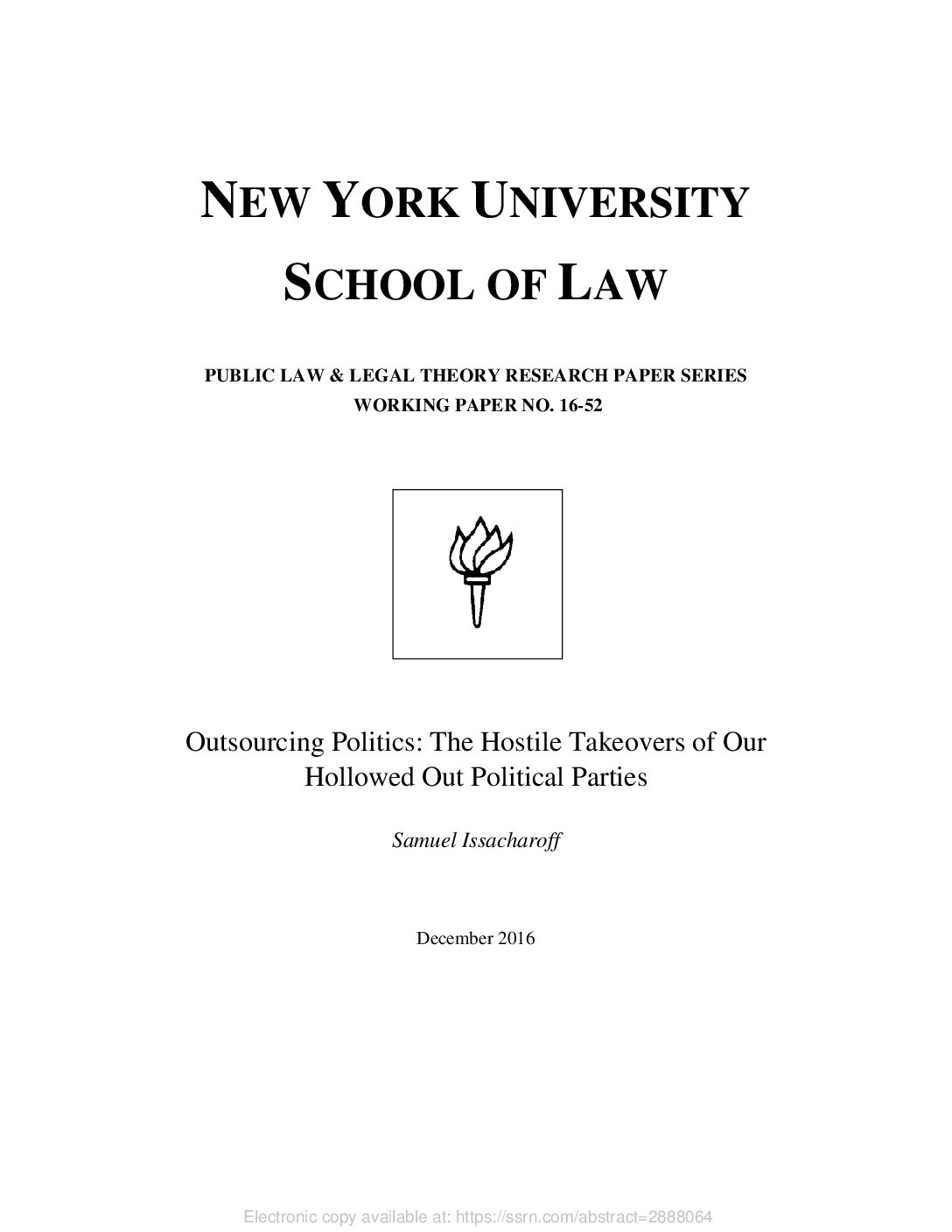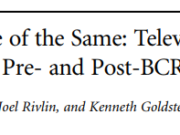In this paper, authors Thomas M. Holbrook and Aaron C. Weinschenk assess methods of increasing voter turnout by examining mayoral elections across the United States. Generally, research on local turnout has focused on institutions, with little attention devoted to examining the impact of campaigns. Using an original data set containing information from 144 large U.S. cities and 340 separate mayoral elections over time, the authors’: (1) focus the literature more squarely on the impact of campaigns by examining the role of campaign effort (measured with campaign expenditures), candidates, and competition in voter mobilization; (2) demonstrate the relative importance of challenger versus incumbent campaign effort in incumbent contests; and (3) show that changes in campaign activities influence changes in turnout over time.
Ultimately, the authors’ analysis points to some concrete actions that they believe would result in higher turnout levels. According to Holbrook and Weinschenk, implementing policies that help increase levels of competition and increase the amount of money spent on mayoral campaigns (especially the amount spent by challengers), switching to partisan elections, and moving mayoral elections so they coincide with presidential or congressional midterm elections would go a long way toward increasing voter turnout. Unfortunately, the authors believe these types of changes are unlikely to occur because most elected officials are uninterested in better-financed opponents and other mechanisms that would increase electoral competition.
The authors note that, in the case of Progressive reforms that result in low turnout (nonpartisan and off-cycle elections), the potential ills of low turnout need to be balanced against gains that are realized as a result of insulating local politics from national and partisan politics. There are clear trade-offs for policymakers to consider. But the important point it that low turnout is not a fixed characteristic of a city, reflecting some mix of socioeconomic or demographic characteristics. Rather, the authors assert it is a result of choices made concerning institutional arrangements and the short-term political environment.














